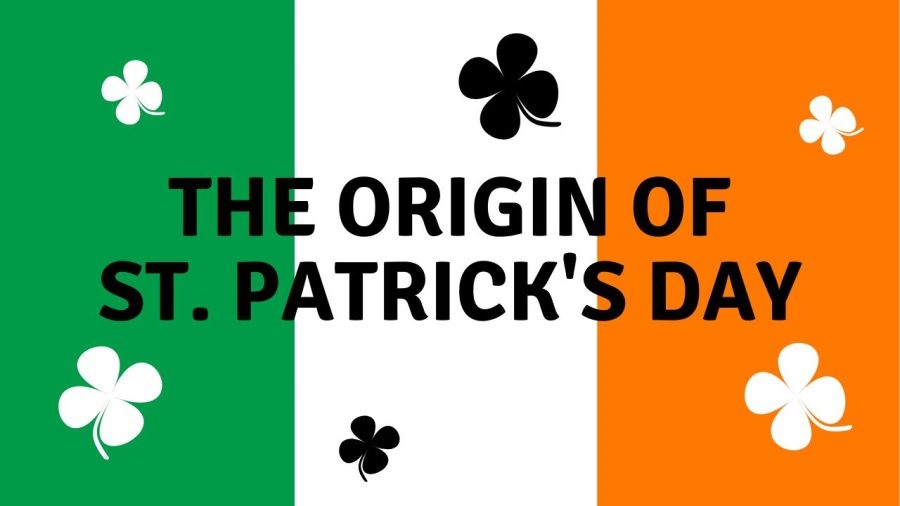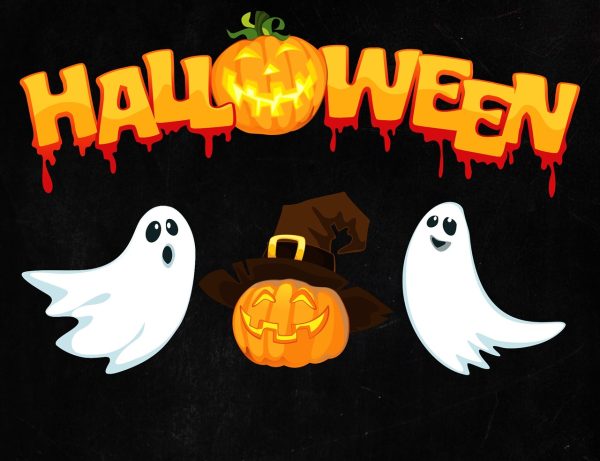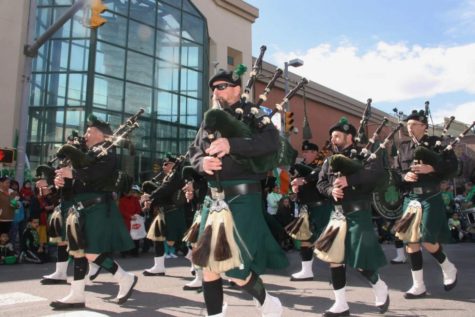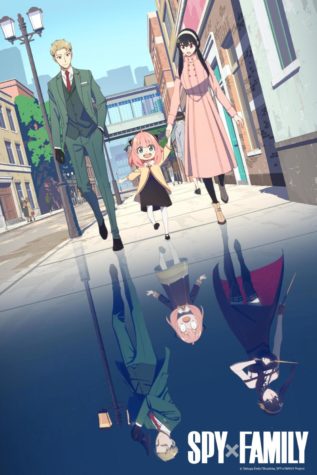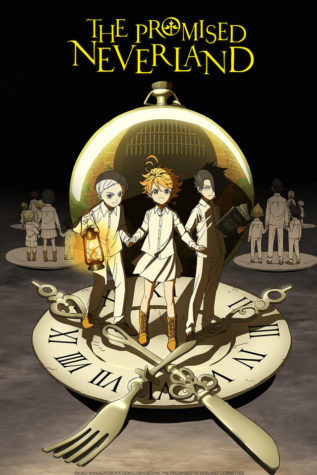Origin of St. Patrick’s Day
St. Patrick’s Day is one of the most celebrated holidays throughout the year. The first St. Patrick’s was celebrated on March 17, 1631. St. Patrick’s day was celebrated as a feast for St. Patrick, who was British. According to Marion Casey (who was an assistant Professor of Irish Studies at New York University) St. Patrick was a Roman citizen named Maewyn Succat that was enslaved and brought to Ireland at the age 16. Soon after he was released or escaped, then became a Priest and changed his name to Patricius/Patrick.
Now, you are most likely wondering where did the idea of Leprechauns come from. The story about the Leprechauns started in the 8th century when legends about tiny water-dwellers began circulating among the Celts. The word Leprechaun means small body and one thing about a Leprechauns is that they are pretty small about 2-3 feet tall. There does not appear to be any well-defined connection between the leprechaun and St. Patrick, the patron saint of Ireland. Note that there is no such thing as a female leprechauns.
The original color of St. Patrick’s Day used to be blue. This was in accordance with the office color St. Patrick’s Order. This was a sky blue to represent his chivalry. The color was changed to green because folk lore and the addition of Leprechauns. The holiday celebrates St. Patrick’s death on March 17, 465 AD (due to the day he believed to have died).

